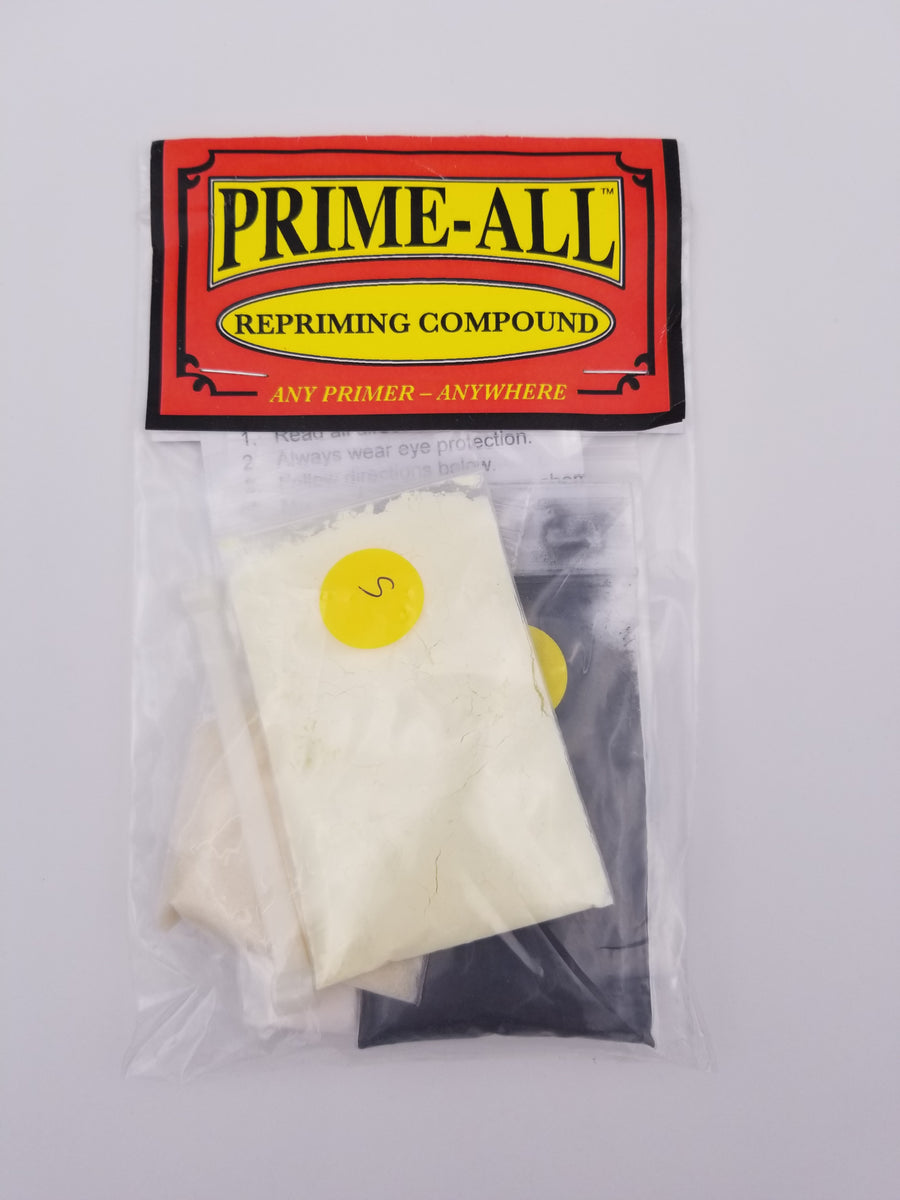farmboy
cookie man
Some primers have been available for awhile, but are expensive. Recently while looking at the NOE website I saw that they are making a tool to recharge primers. So, I bought one to try. Looks simple enough, just don't know what to use for primer compound. I have seen that some had used "strike anywhere matches" which are no longer available. Today I saw on "Powder Valleys " that they had an item that was made to resolve this problem. It's called Sharpshooter Rimfire Reloader at $19.95. Anyone else tried this?


